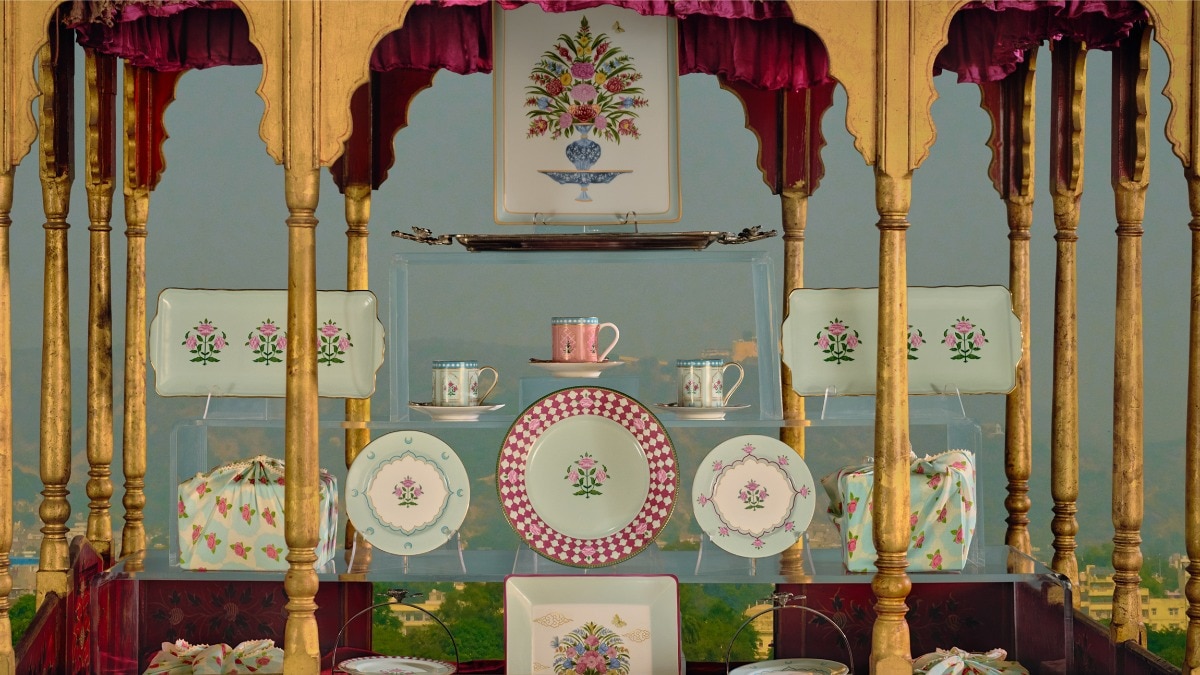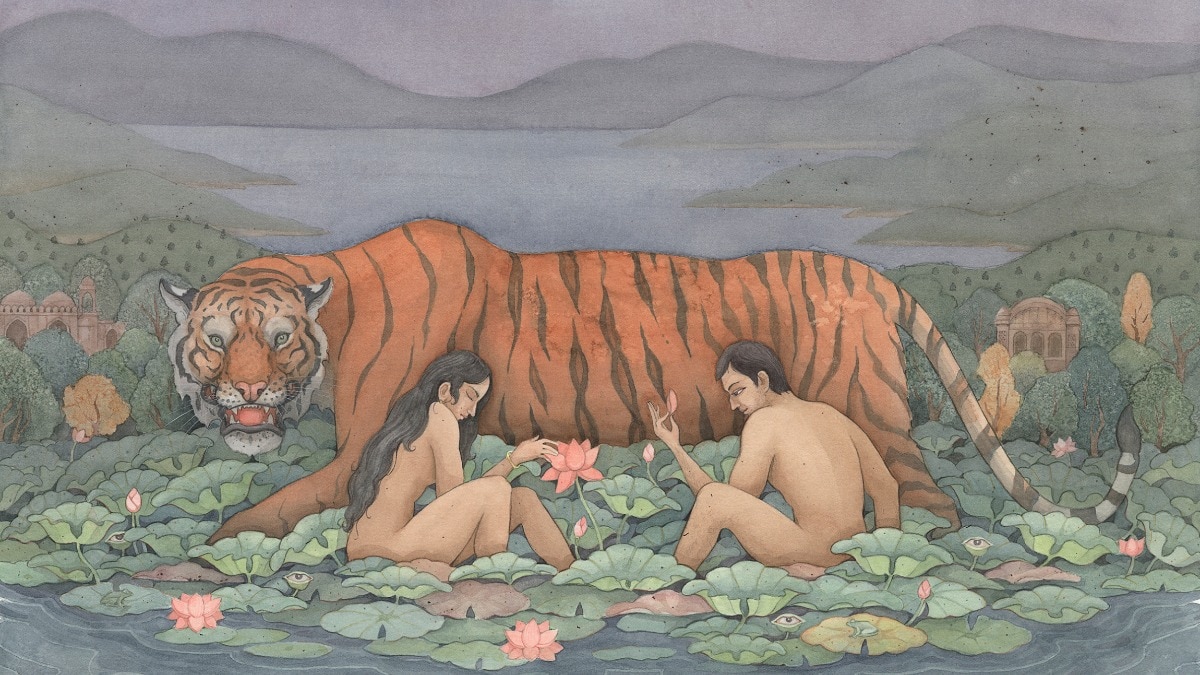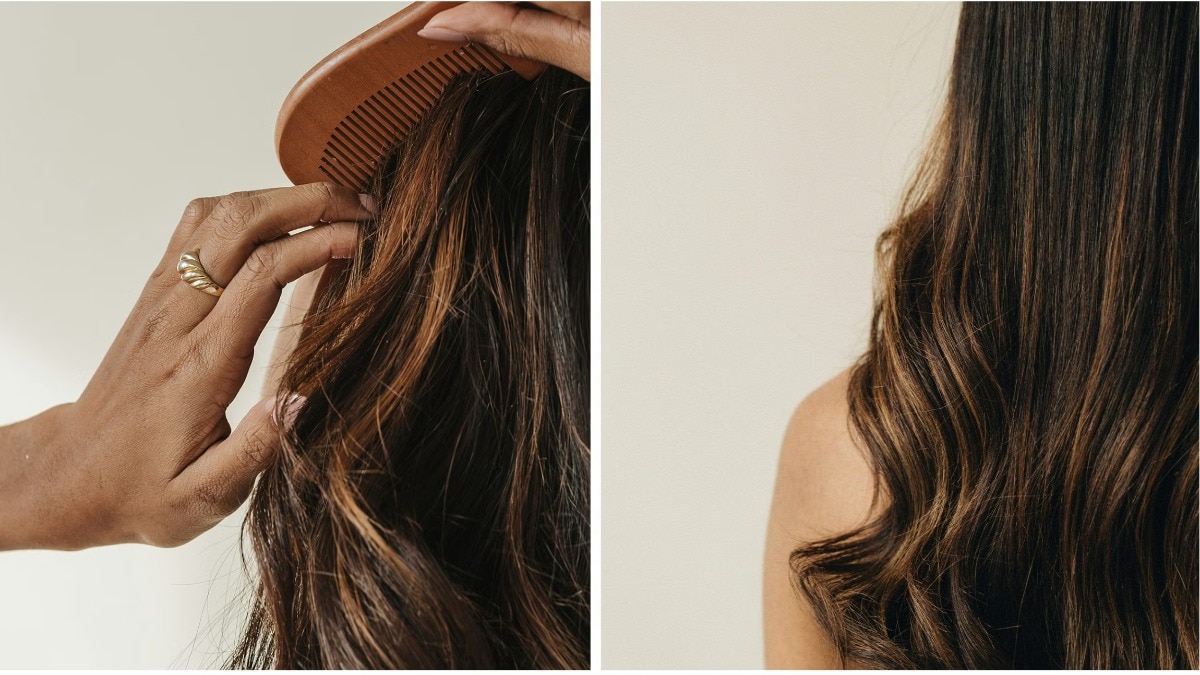This World Heritage Day, visit Mumbai beyond the ordinary
Bazaar India gives you a glimpse into the lesser known spots of Mumbai that celebrate the city’s multi-cultural heritage.


What can be said about Mumbai that hasn’t been said before? I keep coming back to this question time and again. And each time I attempt to answer it, the city, in all its magic and glory, never fails to surprise me.
Mumbai is most graciously and lovingly referred to as the maximum city. It’s a labyrinth—embroiled in years of history, layers of class and is an incredible conflation of cultures. Every nook and corner, lane and by-lane, tells a story. There’s nothing more soul-satisfying than wandering about the city—alone or with other people, exploring the unfamiliar areas, (sometimes even the familiar ones) and taking in, all that the city has to offer.
Paying an ode to the city’s heritage, this World Heritage Day, we decided to speak to those people who have Mumbai’s many regions mapped on the back of their hands like no one else barring a few. We decided to go beyond the known, run-of-the-mill heritage spots, to delve deeper into the Mumbai that’s made of so much more. From Byculla to Mahim, here’s a few places across the city that are rich in history, food, culture and stories of its people that we’d urge you to visit and explore.
Kamathipura

Infamously known as Mumbai’s red light district, Kamathipura is a neighbourhood in the southern-central part of Mumbai. But, little do people know, Kamathipura is a treasure-trove of history. We spoke to Zoya Kathawala, who conducts walking tours of the area tells us about the area that definitely goes ‘beyond the brothel (also the title of her tour). “The more I walk through Kamathipura, the more it challenges the perceptions that I, like every other Mumbaikar, have inherited. While historically it has been deemed a 'necessary evil' and a 'tolerated zone', it forms an important part of our nation's and city's history.
Most people believe the entire area is a red-light district but that's not true. It's always been 3-4 lanes. Yes, it has been and continues to be a site of destitution but, it has also been a site of important political movements such as the Dalit Panther Movement. Residents of the area such as Namdeo Dhasal and members of the Pupala family have contributed to the city and nation in seminal ways.
Kamathipura serves as an incredible reminder of how contradictions are inherently meant to co-exist, one cannot live without the other. A walk through an area like it is important. It's important to challenge one's perception of the marginalised areas of the city. The history it offers is as significant as that we bequeath from mainstream society.”
The area has been significant during the 80s and 90’s Mumbai that was ridden with gang wars and communal riots. A visit there in the wee hours of the morning will welcome you with the smell of freshly baked pav and a glimpse into the story of the Hijra Gharana of the city.
Kalbadevi

They say, Mumbai never sleeps. Kalbadevi is testimony to that. Named after the Hindu goddess Kalbadevi, the area is an old neighbourhood of Mumbai, brimming with residential apartments, make-shift shops, offices, and more. It is an area incessantly brimming with vehicles, pedestrians, street-food sellers, handcart men moving across the street, and more. We get the low-down from Harshvardhan Tanwar, co-founder of No Footprints (A tour company to bring community-based stories to the fore). “As you deep dive into the area with a more nuanced perspective and look beyond the clamour, Kalbadevi is a treasure trove of historic monuments, moments, communities and even the food.
Kalbadevi as an area is home to myriad communities: Marwaris, Jains, Bhatias, Parsis, Goans, Shias and Sunni Muslims to name a few. These can be seen in some historic spaces of worship—be it the Parsi temples, the Dwarkadeesh (colloquially called the Monkey temple, due to the Monkey sculptures adorning the facades) temple, Juma Masjid (Sheikh Memon Street), and even the MVP of Mumbai: the Mumba Devi temple. Moreover, the area of Kalbadevi is a space where many skilled and unskilled workers and entrepreneurs ply their trade. Historically, Kalbadevi has an association with the freedom struggle, be it during the Swadeshi Movement with a strike in textile markets as a rebellion against foreign made goods or the nondescript Ram Mandir which gave refuge to freedoms fighters.”
The must-visits? Bhangwadi and India Art Studio. “Bhangwadi has a massive elephant structure on its entrance and gets its name from Opium. Legend has it, that Parsi traders plied their opium trade from here. There was also a wonderful Gujarati theatre inside Bhangwadi that had patrons that came from citywide to see Gujarati plays. India Art Studio, is a fourth generation, over a century old photography studio.”
Of course no story in Mumbai is complete without its food. “From Rajasthani Kachori to Gujarati Pudla, to the UP “Chappan” Bhel, the diversity is palpable. But the go to for everyone from Mumbai has got to be the Shree Thakkar Bhojnalay, a place that has been serving the most lip smacking Gujrati Thalis and has been in existence since 1945.”
Mahim

I’ve often crossed the unassuming Mahim Junction station while travelling across the city on the local train. It occupies its own quiet corner in the city, but is home to the orange-hued lanterns every Diwali and the bright lights on the Ferris wheel at the Mahim fair. Mahim tells many tales. Vinayak Talwar of Khaki Tours lets us in on some of them.
“Mahim has witnessed history a lot over the centuries. If one were to visit the Mahim Police Station today, you can find sculptures that go back to the 12th or 13th century. This is said to be evidence of an old kingdom of a king who was known as Bhimdev. He had established his kingdom's capital in the area and called it Mahikavati. The sculptures probably belonged to the old temples that once existed, and are a possible earlier location of the Prabhadevi temple.

A short walk from the police station would take you through Casbah of Mahim (historically; the town) and the Mahim Dargah. It dates back to the 14th century when Mumbai was under the rule of the Gujarat Sultanate during which many saints were said to have come to the city. One of them was Makhdoom Shah Baba whose shrine is venerated today and visited by hundreds. His day of passing (Urs) is celebrated as the Mahim Fair. The Dargah stands on what was earlier known as as the Mahim Bazaar Road (today’s SVS road). This was the bazaar area of the town that stretched from the road in the West till Mahim Bunder in the East.
As one walks through the Mahim bazaar eastwards, you will find yourself coming across the Sitladevi temple which is said to be one of the many temples built by Raja Bhimdev. From the temple as one walks Northwards on LJ Road, you will arrive at the busy junction with St. Michael's Church on the right. This is the oldest surviving Catholic Church in Mumbai established by the Portuguese when they arrived in Mumbai in the early 1500s.
This would also mark the end of the island of Mahim and mark the beginning of the Mahim Causeway which was the connection between the seven islands of Bombay.
Just off the causeway we arrive at the jewel of Mahim, the Mahim Fort. While its origins have been debated upon this is one of the many Forts of the city that have stood the test of time.”
Byculla

Byculla, lies on the central-eastern parts of Mumbai. Its history is layered with the freedom struggle, the trade link, and age-old residents belonging to several communities. We spoke to photographer and resident of the area, Hashim Badani who gives us his take on Byculla’s history and culture. “It was an extremely wealthy area, home to many mansions, a place called the Byculla club, and very cosmopolitan as well. All of that made the area a melting pot, the residue of which still remains,” he says. Byculla has also been home to Mumbai’s Chinese community, with the city’s only Chinese temple located in the Nawab Tank Lane on Dockyard road. The area that was once brimming with Chinese food stalls and beauty parlours has now reduced to a mere few. This ethnically diverse region also consists of a synagogue, and more than churches. “Hasnabad Dargah is one of the most beautiful shrines in the city,” says Badani. Byculla has seen it all—the textile revolution, the ‘90s gang-war era, and more. Badani holds the film Jaane Bhi Do Yaaro, close to his heart which features several iconic spots of Mumbai including one in Byculla. “The film revolves around the corruption scandal of a bridge, which is actually Byculla bridge and it uses a some iconic Byculla bits in the film.”

And if not for anything else, we promise you won’t be able to resists the kebabs offered by the restaurant Sarvi.
Hashim Badani conducts photowalks in Byculla.
Metro

Metro will always have my heart. It’s a bitter-sweet reminder of the good old days of attending the St. Xaviers College, a short walk from the Metro junction. It had all my favourites—bars, eateries, (sketchy) tattoo parlours, dosa walas and more. The area is rooted in a vibrant history, which offers the perfect blend of cinema, architecture and people. We spoke to writer Priyanko Sarkar to give us the download. “The busy Metro area in Mumbai hardly warrants a second glance as hurrying citizens make their way into the city's labyrinth through its many connecting roads. But look up and you'll see a place full of history and hidden stories.
Dhobi Talao, that once housed entire Goan communities and was known as Little Goa across the world, was an important part of Bombay's Prohibition Era that lasted from 1949 to 1963. In this area, aunty bars were the only refuge for people who wanted to grab a drink at a time when buying even cough syrup and perfume with alcohol content was banned. Enterprising Goan aunties would make alcohol, man the counters and even serve bar snacks such as boiled eggs and boiled chickpeas to men who would dart in furtively and leave as soon as their drinks were over.
It's difficult to imagine that Bombay's speakeasy culture was once a vibrant, thriving business that soon spread to all parts of the city and helped many Goan families become rich and emigrate to Western countries. At a time when everyone knows Irani joints such as Kyani's, Bombay's Prohibition era aunty bars have disappeared from living memory and is a story that needs to be told more often.” We couldn’t agree more.
Priyanko Sarkar also conducts a heritage walk called From Gandhi To Gangsters that details aunty bars and other stories from Bombay's Prohibition Era.










